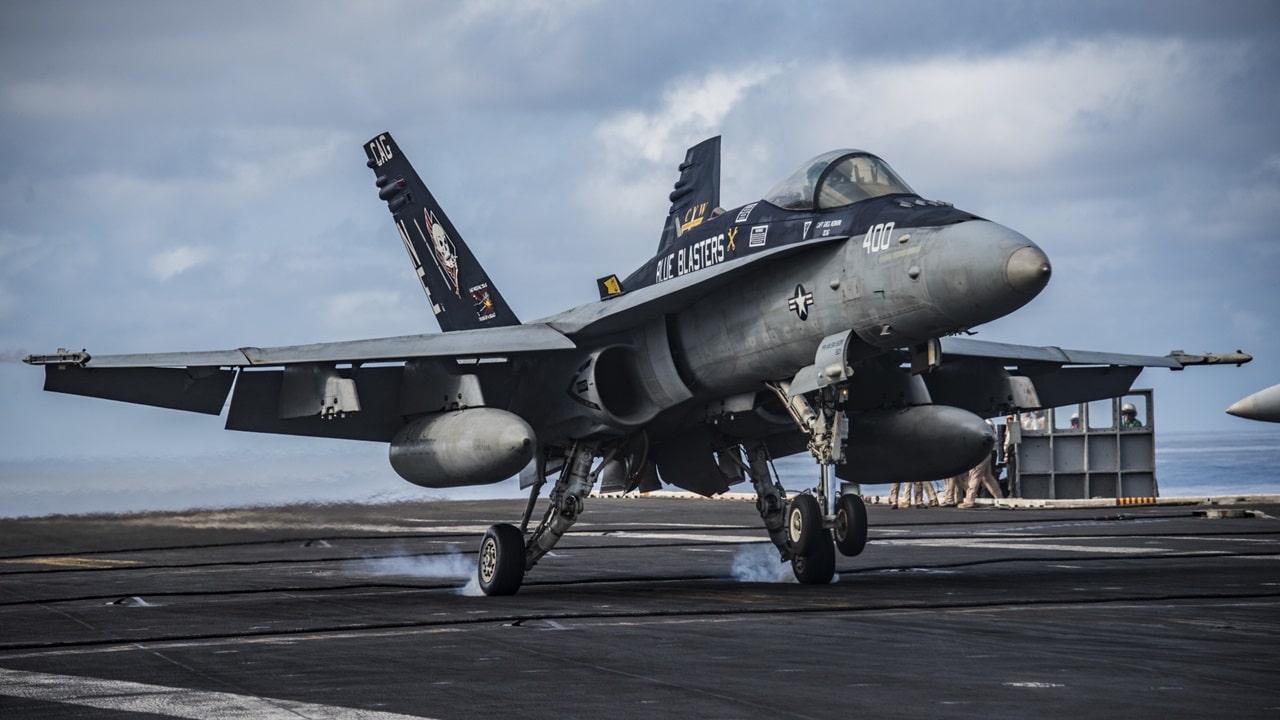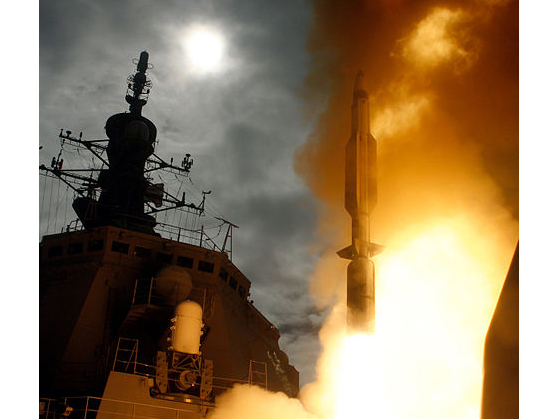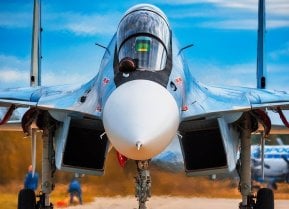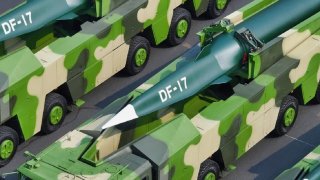DF-17: China's New Mach 5 Hypersonic Missile Could Sink Aircraft Carriers
The Chinese have a mobile missile launcher that can fire a missile with a hypersonic glide vehicle that could evade American defenses. Called the DF-17, China has said it could hit a “moving target.”
DF-17: A Primer- When it comes to conventional aircraft carrier killing missiles that could be launched from China, the U.S. Navy has protection.
Carrier escorts in a battle group would have the AEGIS combat system to spot incoming bogeys and launch missile interceptors for self-defense. The carriers themselves are guarded by anti-missile interceptors too.
But what about enemy MACH 5-plus hypersonic missiles?
The Chinese have a mobile missile launcher that can fire a missile with a hypersonic glide vehicle that could evade American defenses. Called the DF-17, China has said it could hit a “moving target.”
DF-17: Latest Taiwan Crisis Makes This a Dangerous Capability
The hypersonic-equipped DF-17 is the latest Chinese marvel, according to state-run media, and will be part of a growing arsenal to threaten its neighbors.
Beijing’s Summer 2022 military live-fire response to Taiwan included practice missile launches shot near the island along with a simulated blockade.
Video Appears to Show a Practice Launch
The first video release of the DF-17 launching was shown on August 1, 2022.
This was to celebrate the 95th anniversary of the People’s Liberation Army. The road-mobile, medium-range DF-17 launcher was introduced in 2019 during a military parade and is now deployed with China’s rocket forces. It is believed to be able to fire a missile carrying the DF-ZF hypersonic glide vehicle – China’s first operational hypersonic weapon.
The DF-ZF can be conventional or nuclear-equipped. It is able to travel at speeds of MACH 5 to MACH 10 and be maneuverable in flight in a short amount of time to keep it from being intercepted. Its maximum range is 1,118 miles.
Aircraft Carriers Could Be in the Crosshairs
Beijing propaganda organs crowed recently about the ability to destroy “foreign” aircraft carriers with the hypersonic glide vehicle.
State-run media also warned against naval powers like the United States interfering in a “reunification by force” operation alluding to a Taiwan attack executed by China.
Ultra-high Speed Maneuverability Is the Fear
Regular ballistic anti-ship missiles from China would have a more predictable path, enabling the AEGIS to track and shoot them down unless fired in a multi-missile salvo, but the hypersonic model is different.
Tom Callender, who was previously an analyst for naval warfare at the Heritage Foundation, told the National Defense Industrial Association that hypersonics pose a problem to U.S. defenses. “The big difference between a traditional ballistic missile and these hypersonic boost glides is the trajectory and the ability to maneuver,” he said.
“You can’t predict from its initial boost necessarily where it’s going,” he added. “In theory, you … can maneuver off its initial ballistic track potentially several hundred miles, [and come in] a different way than defenders are expecting.”

Shoots Through Defense Layers
Hypersonics can also fly in between U.S. defenses that are configured for low-altitude cruise missiles and higher-altitude ballistic missiles.
What Can Congress and the Pentagon Do?
Congress is concerned about hypersonic weapons that can threaten naval ships. In June of 2022, the House Armed Services Committee inserted stipulations in the FY23 National Defense Authorization Act that requires the Navy to conduct a gap analysis and then create alternatives to defend against hypersonics fielded by China and Russia.

The committee has asked the Pentagon to assess whether the Navy can defend against hypersonics with directed energy, microwave systems, cyber and “any other capabilities.”
Is It Too Little Too Late?
Studies take time and it’s not clear if these asymmetric concepts would be developed fast enough to meet the Chinese hypersonic threat. The navy may have to depend on its current missile defenses to counteract a potential launch if the worst happened against China in East Asia. Time is of the essence to develop systems that would make sure rogue states do not attack a U.S. carrier with hypersonics in a future red alert confrontation.
About the Author
Brent M. Eastwood, PhD, is the author of Humans, Machines, and Data: Future Trends in Warfare. He is an Emerging Threats expert and former U.S. Army Infantry officer. You can follow him on Twitter @BMEastwood.
All images are Creative Commons.


